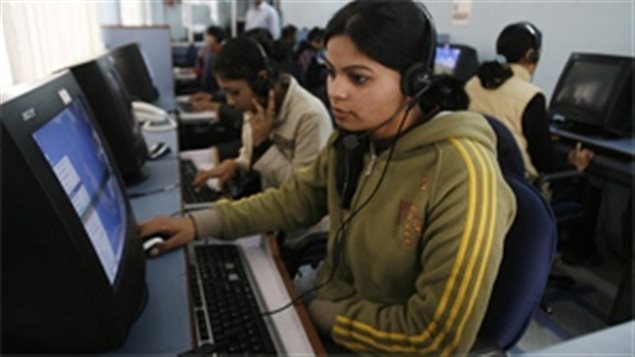It’s called the Global Gender Gap Report.
It’s an annual report by the World Economic Forum (WEF) – the body behind the high-powered annual Davos summit – first issued in 2006.
The report looks at gender issues in 142 countries based on education, health, political empowerment, and economic factors. It measure the gaps between men and women in those areas and not developmental levels.
This year, Canada ranked 19th on the list, up from 20 last year and 21 the year before.
The research says more women are entering the workforce in 29 of the countries in the past decade, and there are now 26 percent more female parliamentarians on a global basis than when the first report was issued nine years ago. Canada ranked 52 in terms of female involvement in parliament, with 25 women to every 75 men.
Canada tied for first in education with no gap between men and women in literacy rates or enrolment in primary education. Indeed in post secondary education (college and university) there was a higher proportion of women than men.
Surprisingly however Canada’s ranking in overall health care from 49th last year, to 100th place this year. This is based on two factors, healthy life expectancy (Canada 111) and the ratio of boys to girls born (94th).
Normally there are 1.6 boys born compared to girls, and this measure is designed to indicate selective use of abortion where parents abort female foetus’ in favour of sons.
Canada was at the top of the list in the ratio of female to male workers in professional and technical workers with more women than men in the field.
Iceland tops the list overall, followed by Finland, Norway, and Sweden. Yemen is at the bottom of the 142 country list behind Syria in 139th place, followed by Chad, and Pakistan at 140 and 141 respectively.
The report notes that with the advent of the internet, access to information is easier and the pace of the gap narrowing is likely increase. In 51 of 61 countries for which data is available, more women than men use the internet.







For reasons beyond our control, and for an undetermined period of time, our comment section is now closed. However, our social networks remain open to your contributions.